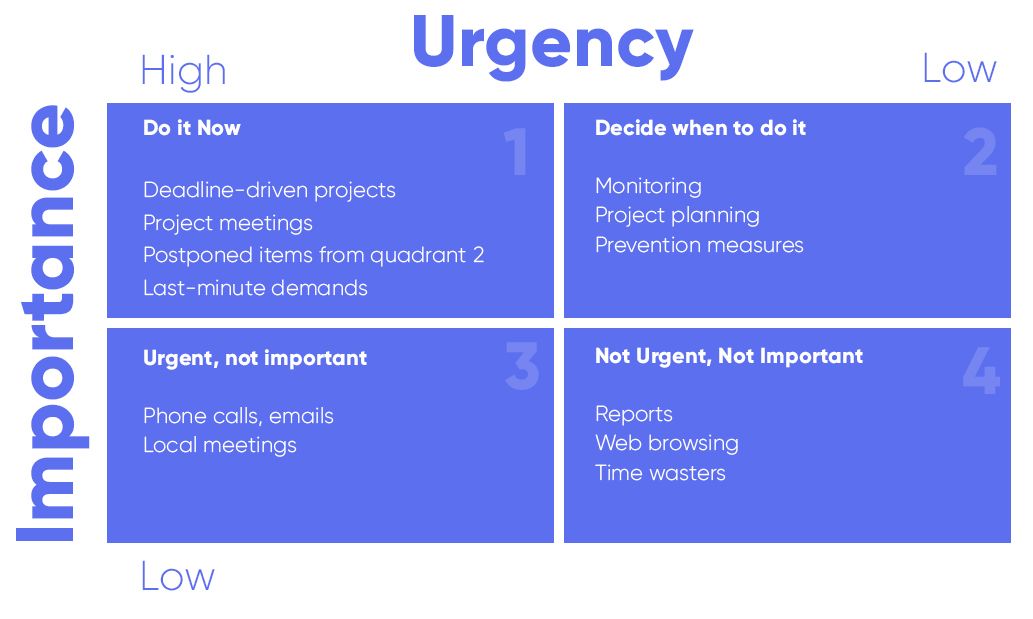

In today’s fast-paced world, managing time effectively has become crucial for both personal and professional success. Understanding how to prioritize tasks and allocate time efficiently can make the difference between achieving your goals and feeling overwhelmed. Let’s learn more about this topic below with Snake Game.
Project managers excel at priority setting because they understand that not all tasks carry equal weight. They use specific frameworks and methodologies to determine which activities deserve immediate attention and which can wait. The key lies in distinguishing between urgent and important tasks, a concept first introduced by President Eisenhower in his famous decision matrix.
Just like in project management, daily priority setting requires a systematic approach. Start by listing all tasks for the day, then evaluate each based on its impact on your goals and deadlines. Consider factors such as dependencies, resource availability, and potential consequences of delay. This initial assessment forms the backbone of effective time management.
Read more: Time Management for Remote Workers: Stay Productive Anywhere
Successful project managers always begin their day with a structured planning session. This crucial morning ritual involves reviewing the day’s objectives, checking for any overnight developments, and adjusting priorities accordingly. Dedicate the first 15-20 minutes of your workday to this practice, preferably before checking emails or attending meetings.
During this planning session, focus on identifying your “Big Three” – the three most important tasks that must be completed today. These should be tasks that directly contribute to your long-term goals or have significant immediate impact. Write these down prominently and commit to completing them before moving on to less critical activities.
Time blocking is a fundamental project management technique that can revolutionize your daily productivity. Assign specific time slots to your priority tasks, creating a detailed schedule that accounts for both focused work periods and necessary breaks. This approach helps prevent the common pitfall of underestimating how long tasks will take.
When implementing time blocking, be realistic about your energy levels throughout the day. Schedule your most challenging priorities during your peak performance hours, typically in the morning for most people. Leave routine tasks and less demanding activities for times when your energy naturally dips.
Project managers understand that interruptions are inevitable but manageable. Create systems to handle unexpected disruptions while maintaining focus on priorities. This might include designated “office hours” for meetings and consultations, using the “do not disturb” function on your devices, or establishing clear communication protocols with team members.
Develop strategies to quickly assess and handle interruptions. Not every urgent request requires immediate attention. Learn to differentiate between genuine emergencies and tasks that can be scheduled for later. Keep a running list of interruptions and evaluate their true priority level before adjusting your schedule.
Effective priority management requires consistent review and adjustment. At the end of each day, evaluate your accomplishments against your planned priorities. Identify what worked well and what needs improvement. This daily reflection helps refine your priority-setting skills and increases your accuracy in estimating task duration.
Weekly and monthly reviews provide broader perspective on your priority management effectiveness. Use these sessions to identify patterns, eliminate recurring bottlenecks, and adjust your strategies accordingly. Remember that priority setting is a skill that improves with practice and conscious evaluation.
While traditional to-do lists have their place, modern project managers leverage technology to enhance their priority management. Digital tools can help track tasks, set reminders, and provide visual representations of your priorities. Choose tools that match your working style and integrate well with your existing systems.
However, avoid falling into the trap of over-relying on technology. The best tools should simplify your priority management process, not complicate it. Focus on solutions that help you maintain clarity and focus rather than those that add unnecessary complexity to your workflow.
Read more: 5 Time-Saving Tips for Busy Professionals
While structure is important, your priority management system must remain flexible enough to accommodate unexpected changes. Build buffer time into your schedule for unforeseen tasks and emergencies. This prevents your entire day from derailing when surprises occur.
Learn to quickly reprioritize when necessary without losing sight of your core objectives. Sometimes, this means making difficult decisions about what can be delayed or delegated. Maintain a clear view of your long-term goals to help guide these decisions.
Managing priorities effectively is a skill that can transform your productivity and reduce stress. By adopting project management techniques like systematic planning, time blocking, and regular review, you can take control of your daily schedule and achieve more meaningful results. Remember that becoming proficient at priority setting is a journey of continuous improvement, requiring patience and consistent practice.
The key to success lies in finding the right balance between structure and flexibility, using appropriate tools while maintaining focus on your core objectives. As you implement these strategies, you’ll develop a more intuitive sense of priority management, leading to better decisions and more productive days.